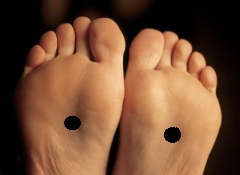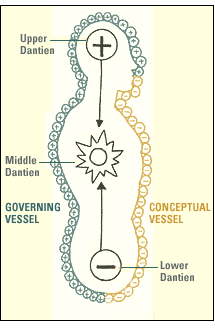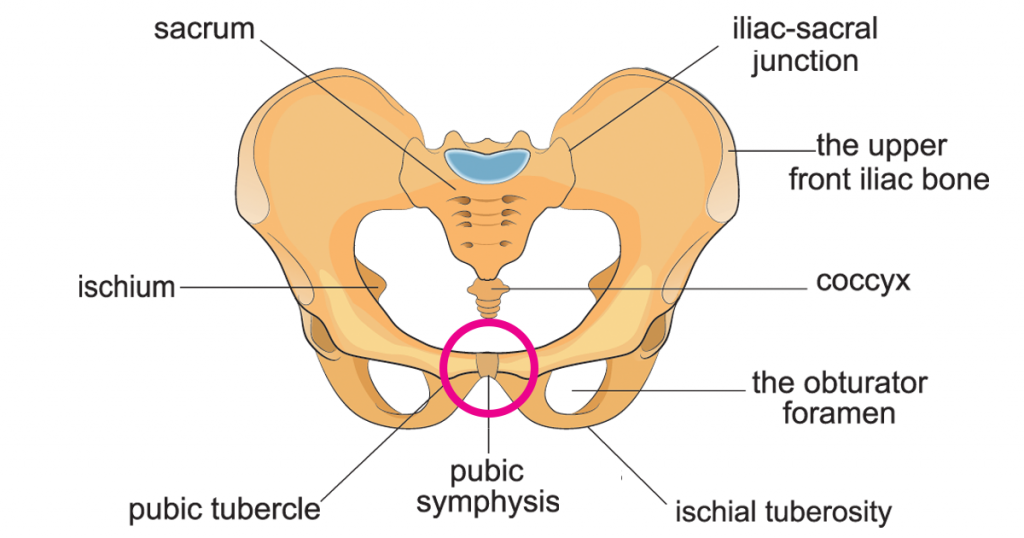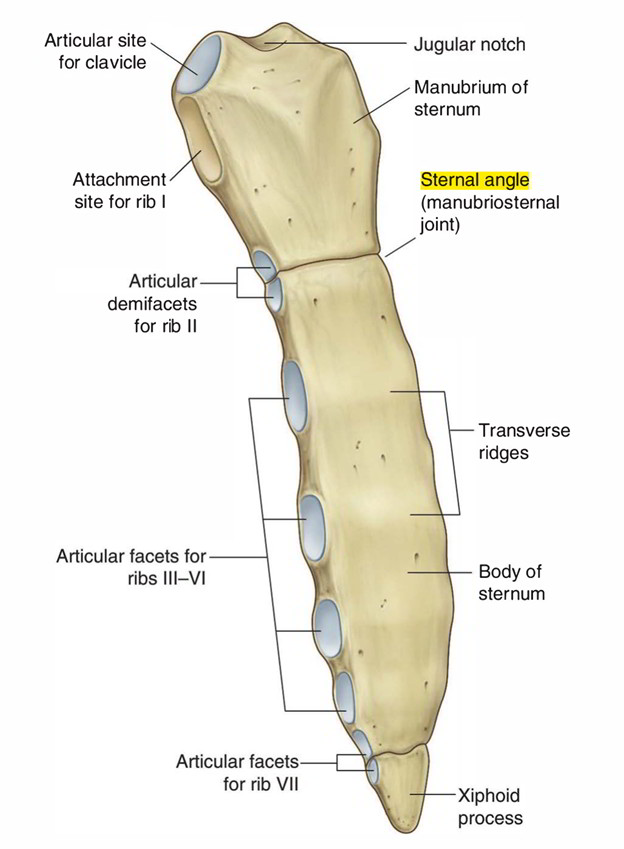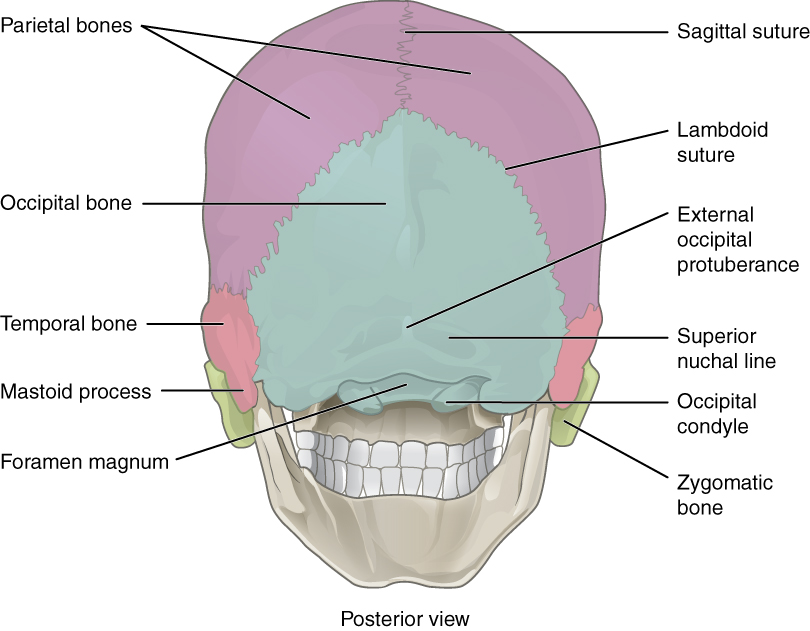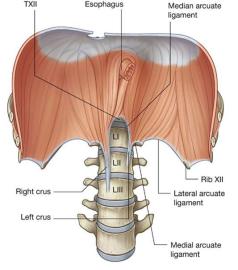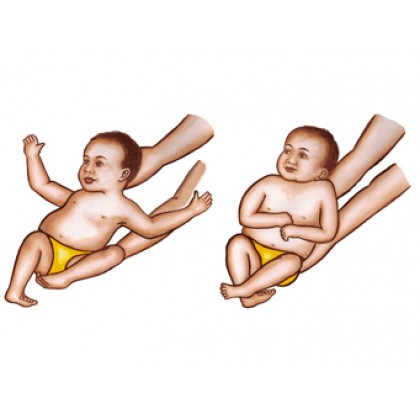Sadhana Part 2:
Kriya and Ashtanga Yoga
If there is a universal teaching about discovering what is Real and True, it is that to ‘Know’ the True Self is to know Stillness or Silence. Our personal identity has to land here and then ‘let go’. Books by contemporary spiritual teachers Eckhart Tolle, ‘Stillness Speaks’; and Adyashanti: “My Secret is Silence’, attest to this. Father Thomas Keating, a modern contemplative Christian has observed: “God’s first language is Silence. Everything else is a bad translation.” Taoist master LaoTzu, implies ‘Silence’ when he begins the Tao Te Ching with the line “the Tao that can be spoken is not the True Tao.” Patanjali defines ‘yoga’ in two sutras: I-2: ‘yoga is bringing the mind to Stillness’ and I-3: ‘the Seer (then) stably abides in its True Nature.
To put it another way, Spiritual Awakening arises in and as Silence or Stillness. In sutra I-2 Patanjali points out that the innate busyness of the mind is a major impediment to both the first glimpses of awakening and also remaining stable there. In fact he completes his definition of ‘yoga’ by adding sutra I-4: (at other times …ie… when not in the state of yoga) mental activity is mistaken identification for the Self. This brings us back to our original statement that Awakening involves a shift in personal identity.
The inquiry into Silence and our own true Self-Identity is a crucial component in Spiritual Awakening, but because we begin with a self identity composed of mental activity, this process can often careen into more conceptualization and imagination. It is extremely easy to just change the mental activity so that if feels and sounds more spiritual, but that is essentially putting a halo on our still diminished self. Changing our behavior, however, from self-centric activities to life-centric ones is very important.
Fortunately, there is a very tangible and palpable embodied clue that can help take Spiritual Awakening from theory and concept to experiential realization, and that is the human heart, our heart, and the boundaryless field of energy emanating from it. By relaxing our attention into the heart and resting there, the depths of Silence and the seeds of infinite peace and Awakening to deep wisdom and compassion begin to sprout. The heart can be felt physically, physiologically, emotionally and spiritually.
Stably remaining in the heart is anything but easy as mental habits that avoid depths of the heart, created over years and lifetimes, do not dissipate easily or quickly. From this perspective we can see sadhana as a process of opening and awakening our hearts and discovering the infinite depths of wisdom, love and compassion emanating from the Silence there. Sounds easy, but the reality is that very few even begin the journey and even fewer Awaken. To understand why the spiritual path is incredibly difficult to live and embody requires an understanding of not only what we are awakening to (Silence)but we are awakening from.
As mentioned in the previous post, at the beginning of our lives we are helpless infants totally dependent upon others to care for us, and we develop powerful emotional bonds with our care givers. But over the years, with luck and support, we gradually develop more and more skills and strategies for taking care of our physical, emotional and psychological needs. This constellation of emotionally charged skills and strategies known as the ‘ego’ contains concepts, ideas memories and beliefs that emerge from an on-going ‘self-sense’ based upon feelings of separateness, inadequacy that are inevitable and quite natural for both infants and unsteady and ungrounded toddlers.
As we move through childhood and adolescence, these egoic energy patterns also accumulate various wounds and traumas from our interactions and relationships with others. As we mature into adulthood, these wounded structures often stop evolving and healing, remain unconscious, and yet continue to strongly influence our relationship to ourselves and the world around us. These wounds and traumas in turn lead to the relentless pursuit of activities that attempt to mask or repress these tortured feelings but never resolve them. This is the wheel of samsara and suffering, for ourselves and those around us.
Only when we make a conscious choice to stop and examine our own behaviors, habits and decision making can the resolution and healing begin. This is sadhana, which begins with recognizing these mental patterns and determining how they motivate our behavior. Why do we do what we do? What impels us to act, or not act in the world? Do our choices in life, large and small, help lead us to Awakening, or keep us trapped in a never ending spiral of suffering and confusion (samsara)?
This is true for individuals, but even more importantly for society. In our historical moment of extremes and rapid change, we need to understand what forces and factors motivate society as a whole to make decisions. The first seeds of awakening is the motivation to take up a spiritual practice, to walk a spiritual path, and Patanjali, like the Buddha, offers a very clear path to get us started. The Sadhana Pada, the second chapter of Patanjali’s Yoga Sutras, (the first chapter, the Samadhi Pada, actually offers more advanced variations) begins with the three practices of Kriya Yoga:
Tapas or discipline; don’t wait to begin practicing; the time is Now! and stay with it, with patience and devotion. Abhyasa (investing energy in developing mental and emotional stability) and vairagya (letting go of behaviors that perpetuate suffering/ being objective about the reality of forms) are two disciplines previously mentioned in the Samadhi Pada.
Svadhyaya or self study: What motivates me? What are the underlying or even unconscious forces that move me to act? Also, what motivates an Enlightened Being? The conversations between Arjuna and Krishna in the Bhagavad Gita dive deeply into this process. Study of writings by those on the spiritual path are also part of ‘self study’.
Ishvara pranidhana or ‘dissolving into the Infinite’. Here, for short periods of time in the beginning, and later for longer, we discover the stillness of an open heart where our sense of separateness dissolves, and our actions flow from wholeness. A wise and infinitely spacious mind is discovered. Our choices and actions are temporarily not motivated by ‘small self interest’ but a desire to nurture the innate Buddha Nature of all of creation. *Interestingly enough, ‘Ishvara Pranidhana‘ first appears in the more advanced teachings of the Samadhi Pada, and also as one of the Niyamas introduced later in the Sadhana Pada. There is a lot to unfold in these two words!
After introducing the practices of Kriya Yoga, Patanjali then addresses the two goals of these practices: the development of meditative absorption, (a more advanced practice known as samadhi, described in detail in both the Samadhi and Vibhuti Padas); and the ‘attenuation’ of the primary impediments to awakening known as the five Kleshas. “If the goal is Awakening, what gets in the way of our realization’? These five impediments are:
Avidya: fundamental ignorance; confusing delusion for reality: literally ‘not seeing.’
Asmita: confusing mental activity and/or any of the five koshas for the Self. (see sutra I-4)
Raga: unquenchable desire for pleasure; for something to make me feel whole. I want – I need – I have to have
Dvesa: unquenchable desire to avoid pain: to immediately get rid of anything that makes me feel uncomfortable
Abhinivesha: the inherent fear of dying
We now circle back to our practices and consider how they can help overcome these very challenging obstacles. We take time to examine our behavioral patterns and look for ways in which the kleshas are active. We can do this ‘off the mat’ by just holding the question, why am I doing this?, as we go about our day. On the mat or meditation cushion, we can observe more deeply the flow of mental activity. Most of our dysfunctional behavior comes from unconscious forces, so slowing down and paying more attention to our thoughts and actions will begin this process. But to do this, we need the discipline that leads us to a stability in our meditation.
Later on in the chapter, Patanjali introduces a set of eight practices, Ashtanga (eight limbs)Yoga to help us in developing self discipline, uncovering our unconscious patterns of thought and action and healing them. The first five are the final sutras of the Sadhana Pada and are considered to be more external, or preparatory for meditation. The last three limbs begin the Vibhuti Pada and are considered to be more internal or meditative.
The eight limbs are:
Yama: five guidelines for interpersonal relationships, offered as ‘what not to do’
Niyama: five guidelines for more personal elements of personal practice, offered as ‘what to do’.
Asana: Exploring the more tangible self-organizing capacities of the human body
Pranayama: Exploring the more subtle energy body
Pratyahara: Exploring the role of the sense organs in creating ‘raga and dvesa‘
Dharana: the act of bringing ones attention to a single place, again and again, amidst the distractions.
Dhyana: meditation; sustaining attention, with will power, to help resolve the distractions.
Samadhi: meditative absorption, where sense of self and time disappear


